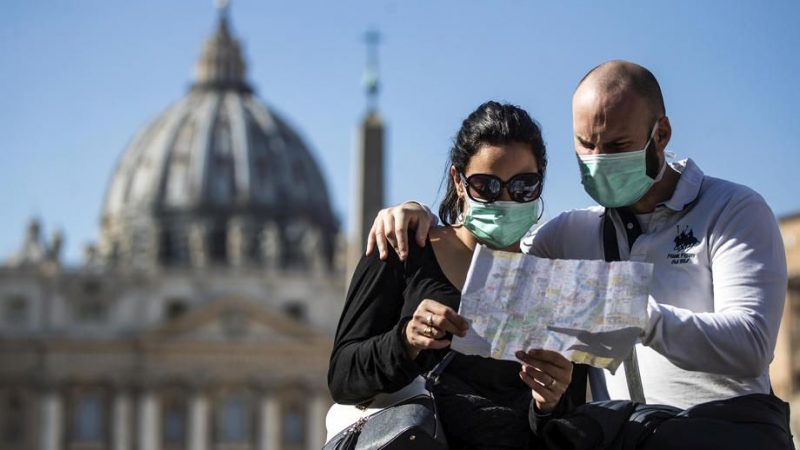The impact of the recent coronavirus pandemic on the travel and tourism industry has been severe, with a recorded $443 billion in losses for the US travel economy. This loss has also directly impacted federal, state, and local tax revenue, resulting in $57 billion in losses since March. This significant economic decline is seen as a direct result of the pandemic. The drop in travel and tourism is likely due to the impact of travel on the spread of the virus, as well as the presence of travel restrictions at state and local levels. It has been the recommendation of health officials to restrict social contact and travel to reduce the spread of COVID-19. While this has helped to flatten the curve of infection, the success comes as a direct loss to the travel and tourism industry. Consumer behavior is predicted to be similar to that of the 2008 recession, with an uptake in travel behavior expected as restrictions decrease and travel conditions become safer. Though public health officials stress the importance of restricted travel there are several precautions that consumers can take to make public health and safety a priority while traveling this holiday season.
The Rise of the COVID-19 Pandemic Has Significantly Impacted the Tourism Industry
The tourism industry has seen a significant loss in revenue compared to previous years as a direct result of travel restrictions during the coronavirus pandemic. The impact is felt on a national scale as travel spending has dipped by 41-45% compared to 2019 spending activity. Though there are slight upticks in travel as the year progresses and restrictions ease up, the loss of revenue has deteriorated employment rates throughout the industry with over 3.5 million direct travel jobs having vanished over the course of the last seven months. This loss is projected to continue to grow as it is expected that 50% of direct travel jobs will be lost by December of this year. The impact on the American people is significant, as travel jobs make up for 33% of those lost in the US economy during the pandemic.
Potential Exposure Hazards For Travelers To Avoid
The decline of tourism spending is seen as a direct result of the role travel and social interaction play in the spread of COVID-19. In anticipation of these risks, nearly 50% of Americans have canceled travel plans during the pandemic. A reduction in travel to the United States has been recorded as well. This is likely because travel by plane or bus places consumers within six feet of potential carriers of the novel coronavirus, a violation of recommendations on social distancing made by public health officials. In addition, air, bus, and car travel each create ample opportunity for individuals to come into contact with frequently touched surfaces. Though a small percentage of Americans claim they would book travel plans if proper travel insurance and discounts were available, the potential rebound of the tourism industry relies on safer travel practices of consumers.
How to Make Public Health and Safety a Priority While Traveling
There are many ways consumers can help to rebound the travel industry while still prioritizing public health. The primary components of a low-risk travel experience are maintaining social distance of at least 6 feet whenever possible, reducing the frequency of rest stops, wearing a mask in any circumstance where social distancing is not possible or while indoors, and washing or sanitizing hands regularly. In addition to practicing responsible travel behaviors while traveling, it is important to prepare ahead of time by investigating the travel restrictions, quarantine requirements, infection rates, and testing requirements of the destination. It is recommended that individuals exposed to the virus cancel or postpone any travel plans until a clean bill of health is received.

 2018 ·
2018 ·
Leave a Reply